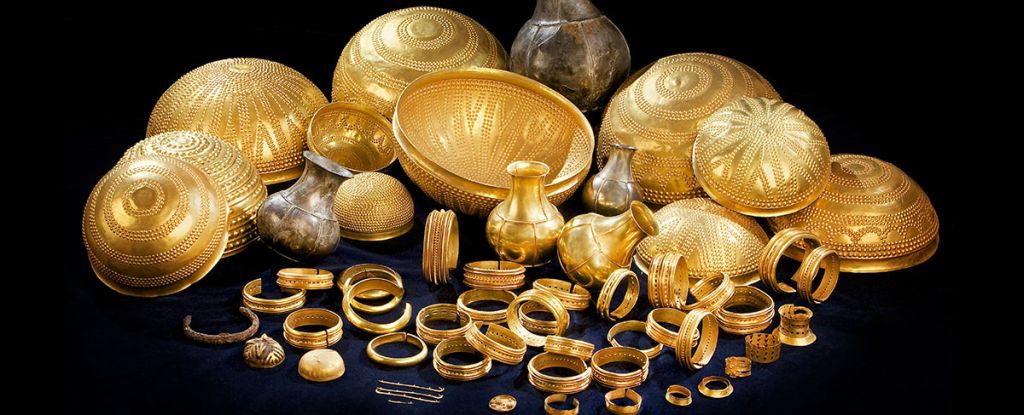A Viking Age (800–1050 CE) stone figurine was recently unearthed, however, archaeologists have stumbled upon a strange problem — nobody can identify which animal it belongs to. Unearthed at the Fjörður excavation site in Seyðisfjörður, the figurine is dated between A.D. 940 and 1000. Carved from local stone, it depicts a four-legged animal with a chipped ear. While most experts lean towards interpreting it as a pig, others argue it might represent a bear or even an Icelandic dog.
A Complex Mystery
The discovery has sparked diverse opinions among historians and archaeologists. Ragnheiður Traustadóttir, director of the Antikva archaeological team, leans towards the pig theory, given the historical use of pigs by Vikings for meat. Nevertheless, the presence of polar bears in Iceland’s history has led some experts to suggest the carving could be a bear.
Social media reactions have also proposed that the figurine might be an Icelandic dog after a Facebook post of the figurine was posted. Although Traustadóttir is sceptical, arguing that the facial features do not match her knowledge of the breed. A 3D render of the figurine was uploaded online on Sketchfab.
Uncovering Iceland’s Past
The Fjörður excavation began in 2020 with the aim of preparing for the construction of avalanche protection walls. What was expected to be a two-year project has extended into its fifth year due to the extensive and significant findings. The site has revealed a treasure trove of Icelandic history, including Viking game pieces and various medieval artefacts. The stratigraphy of the excavation has uncovered evidence from different historical periods, providing a comprehensive view of Iceland’s past.
Future Analysis
As the excavation nears completion, researchers are preparing to analyse the thousands of artefacts uncovered. The enigmatic stone figurine, despite the uncertainty surrounding its identity, offers a rare glimpse into Viking life and its cultural artefacts.
The ongoing debate over its true nature highlights the complexities of interpreting ancient objects and continues to fuel interest in Viking-era Iceland. The final analysis may yet shed more light on this small but significant finding.





